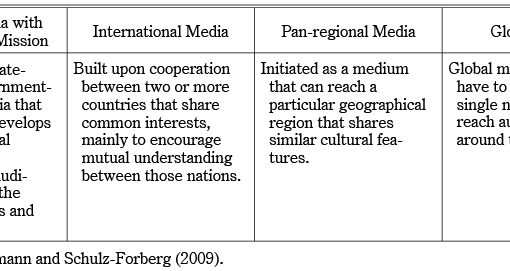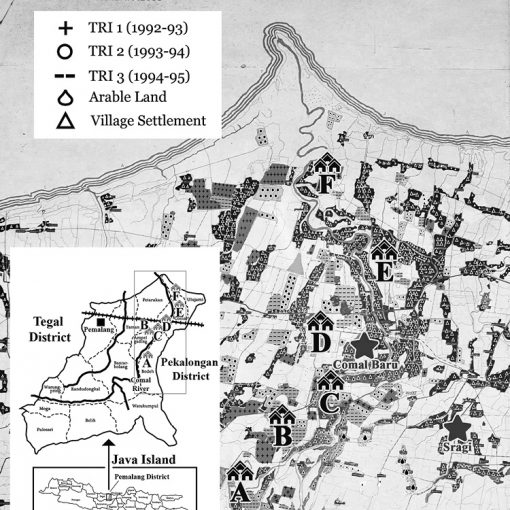Contents>> Vol. 9, No. 3
Traces of Trauma: Cambodian Visual Culture and National Identity in the Aftermath of Genocide
Boreth Ly
Honolulu: University of Hawai‘i Press, 2020.
Scholarship on post-Khmer Rouge Cambodia (1979–present) has paid significant attention to collective memory, trauma, and reconciliation among the Cambodian public following the atrocities committed under the Khmer Rouge regime (1975–79). This aspect of academic discussion is exciting and crucial not merely because of the many long-term impacts on people’s mental health, especially the feelings of anxiety, anger, and revenge resulting from the traumatic events of those years. It is exciting also because the re-emergence of Cambodia’s collective identity and culture following Khmer Rouge destruction has been associated—in one way or another—with the massacres and hardships that people suffered under the regime and beyond. Khmer Rouge rule has been widely condemned by the Cambodian public, including artists and filmmakers, for its many crimes against humanity. At the same time, what happened under the regime has become a source for the collective identity and cultural reconstruction of post-Khmer Rouge Cambodia. Over the past 40 years, incidents related to the Khmer Rouge have been popularly featured in films, paintings, performances, books, magazines, political speeches, NGO campaigns, museum and art exhibitions, television programs, songs, sculptures, memorials, and even rituals.
Traces of Trauma touches on the aspect of visual culture, which is a refreshing approach in the field of Southeast Asian scholarship. The narrative is exciting to read due to its clear structure and effective approach to capturing the post-Khmer Rouge traumatic experience and collective memory and identity. Boreth Ly (p. xii) reminds us that the book aims to answer three major questions: What role do the arts play in capturing the traumatic experiences (of US bombing, civil war, and Khmer Rouge survivors)? Can they help to transcend and thus heal the personal and collective trauma? What are the potentials and limitations of the arts in their ability to answer these difficult questions?
Ly’s description and analysis are rich with empirical information and theoretical concepts that allow him to comprehensively answer these questions. His approach of selecting and examining the works of contemporary Cambodian and diasporic Cambodian artists, filmmakers, and poets to shed light on traumatic individual and collective experiences is well thought out. In the discussion of Rithy Panh’s autobiographical film The Missing Picture, for example, Ly compares the film to Panh’s remembrance of and mourning for the loss of his family under the Khmer Rouge regime. The film combines news and documentary footage with clay figurines to visualize a series of traumatic past events surrounding Panh’s family; and based on Ly’s analysis, it presents a good example of how trauma can be conceptually defined within the Cambodian context:
Unlike the Freudian-derived theory of trauma that defines trauma as a psychic wound, the Cambodian definition points to an experience of a broken body comparable to a broken pot that, in turn, produces the affect and effect of broken courage (loss of strength to persevere). (p. 17)
The Missing Picture is Panh’s search for what he calls “the missing picture” to fill in the lacunae (p. 28). Even when he found clay figurines to bridge these gaps, Panh’s experience of losing his entire family over 30 years ago continued to haunt him and cause him to suffer from insomnia connected to the childhood nightmares (p. 28).
Ly’s extensive knowledge of visual culture and art history, particularly film, installations, painting, and court dances, produces exciting discussions that allow the reader to appreciate the great value of these artistic and cultural products. At the same time, his critiques on selected art pieces, including those produced by survivors of S-21 Prison, clearly highlight the potential of the arts in capturing memories of the traumatic experiences caused by the regime. These visual cultural products convey both the context of their creation and the metaphorical meaning intended by their creators. As Ly correctly puts it, they “represent and mediate our understanding of memory, trauma, conflict, morality, ethics, recuperation, healing, and aporia in the aftermath of the genocide” (p. 124).
Traces of Trauma raises many other important points, particularly in Chapters 3, 4, and 5, that advance our understanding about various circumstances of Cambodian society during and after the Khmer Rouge years. It also introduces a scholarly discussion on post-Khmer Rouge Cambodia’s collective memory and identity from a visual cultural perspective. But how much did artistic works really mean for collective memory and identity in the aftermath of Khmer Rouge destruction? Ly tells us very little about how many Cambodians actually came to see, share, and learn from Amy Lee Sanford (née Ly Sundari)’s installation and performance Full Circle in Phnom Penh in 2010. Chanthou Oeur’s stone sculpture titled Snarm (Scare), produced in 2006 and placed in a sculpture park in New Hampshire, is probably known to a very small number of Cambodians. Even Panh’s Oscar-nominated The Missing Picture, released in early 2014, was not among the top preferred films of the year among Cambodian youths in cities such as Phnom Penh and Siem Reap.
These artistic creations arose from the producers’ innovative skills and remembrance of their own story as well as collective stories. Clearly, they visually and metaphorically present how these individual Cambodian and diasporic Cambodian artists, filmmakers, and poets have dealt with the trauma of their difficult times during the 1970s and the aftermath. But their works are also intended for public consumption. Thus, the question of how much artistic works mean for post-Khmer Rouge Cambodia, including the diaspora, is very important. These products have had a role to play within the broader visual and popular culture of Cambodia since 1979. Given the existence of numerous other visual cultural products concerning the Khmer Rouge, especially those produced and widely promoted by the Cambodian government in the form of performances, documentaries, photo exhibitions, museums and memorials, television programs, and rituals, most of the artistic products examined by Ly did not have a wide appeal among Cambodian audiences. How much, then, do they really represent collective memory and identity and the way in which larger Cambodian communities dealt with their traumatic experience in the aftermath of Khmer Rouge atrocities?
Ly’s discussions on popular cultural concepts concerning the krama (scarf), palm tree, and court dance are thoughtful and make enjoyable reading. The author accurately discusses the tale of Preah Thong Neang Neak, the founding myth of the Khmer kingdom, which has been associated with both court and mass culture, especially at weddings. The tale has long been recorded in Khmer palace chronicles, including the Nong text of 1818 (Mak 1980), throughout the nineteenth and early twentieth centuries. Besides the palace manuscripts, as Ly correctly mentions, it has been part of the court dance repertoire since the colonial years (p. 109). But the author’s association of the tale with a tenth-century story originating in an Angkorian inscription of two figures named Kambu and Mera is ahistorical simply because there is no evidence to prove the connection. Instead, according to Ang Choulean’s studies, Preah Thong Neang Neak appears to be associated more closely with a twelfth-century story displayed on the bas-reliefs and other features of the Bayon temple (Ang 2007, 364–381).
Apart from these issues, Traces of Trauma is clearly a groundbreaking work that takes a refreshing look at Cambodia’s dark past of the 1970s and the long-term impacts of the violence on survivors. Through its interdisciplinary approach of examining a range of visual cultural materials, together with the author’s broad knowledge of contemporary Cambodian history, art, culture, and politics, Ly’s Traces of Trauma has many original contributions to offer to both Cambodian and Southeast Asian scholarship as well as the fields of art history, cultural studies, memory studies, cinematic and performance studies, and many more.
Thun Thearaធុនធារ៉ា
Center for Southeast Asian Studies, Kyoto University
References
Ang Choulean. 2007. In the Beginning Was the Bayon. In Bayon: New Perspectives, edited by Joyce Clark. Bangkok: River Books.
Mak Phoeun. 1980. L’introduction de la Chronique royale du Cambodge du lettré Nong [Introduction to the Cambodian royal chronicle of scholar Nong]. Bulletin de l’Ecole française d’Extrême-Orient 67: 135–145.
DOI: doi.org/10.20495/seas.9.3_469




